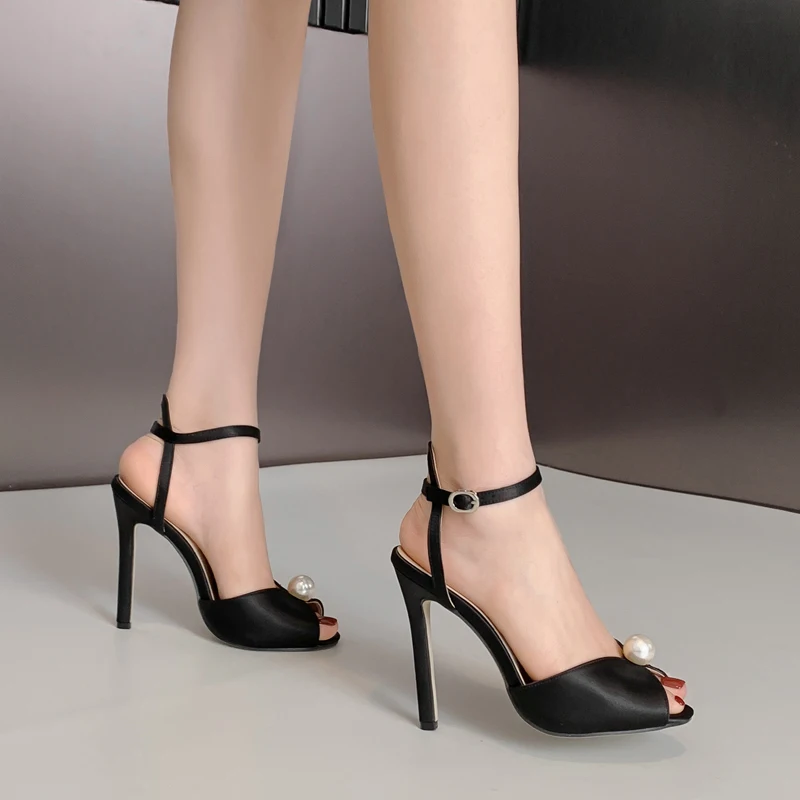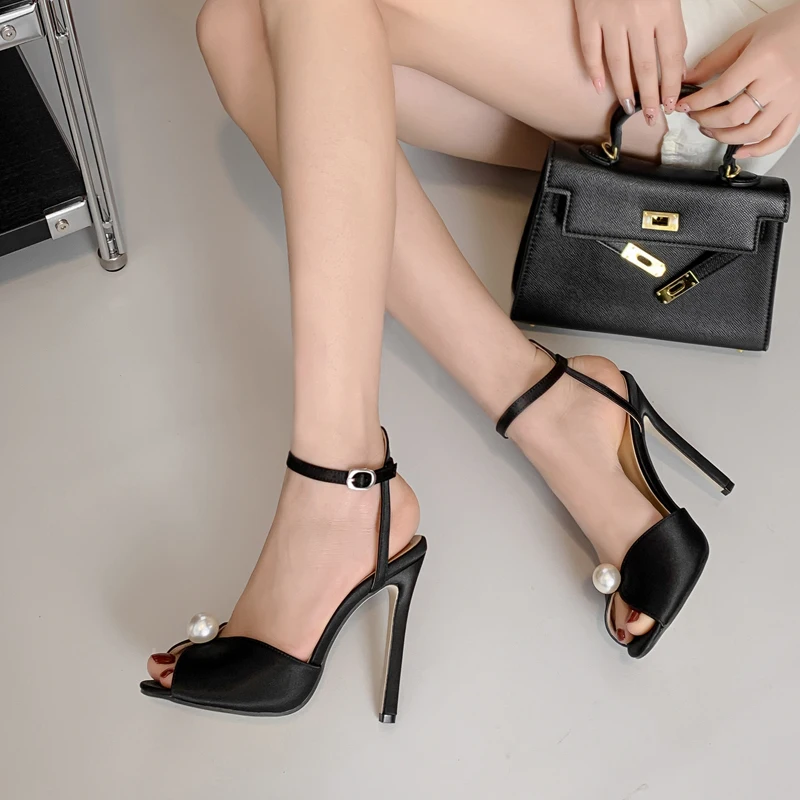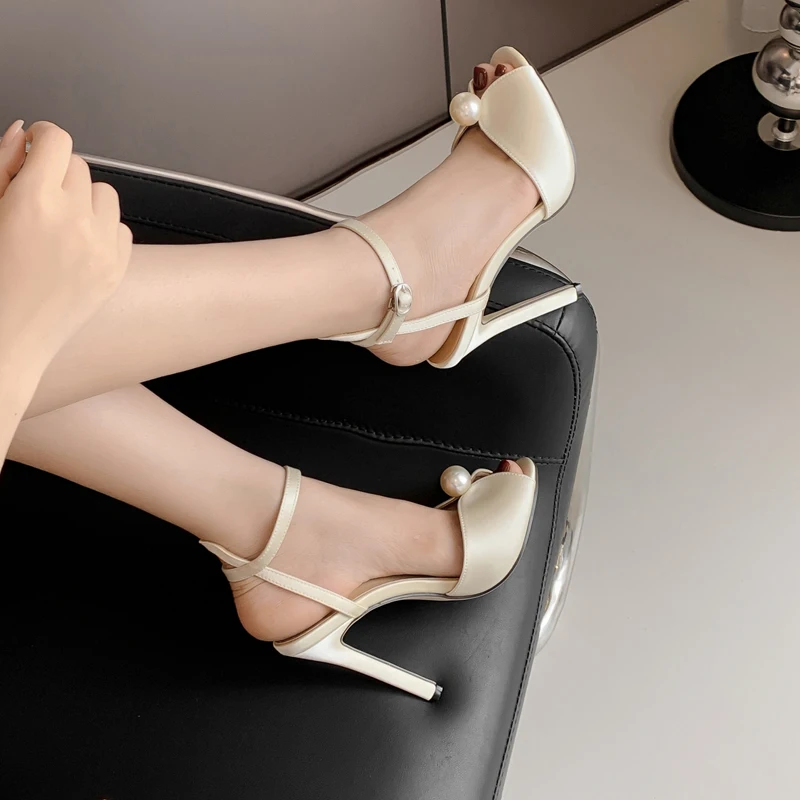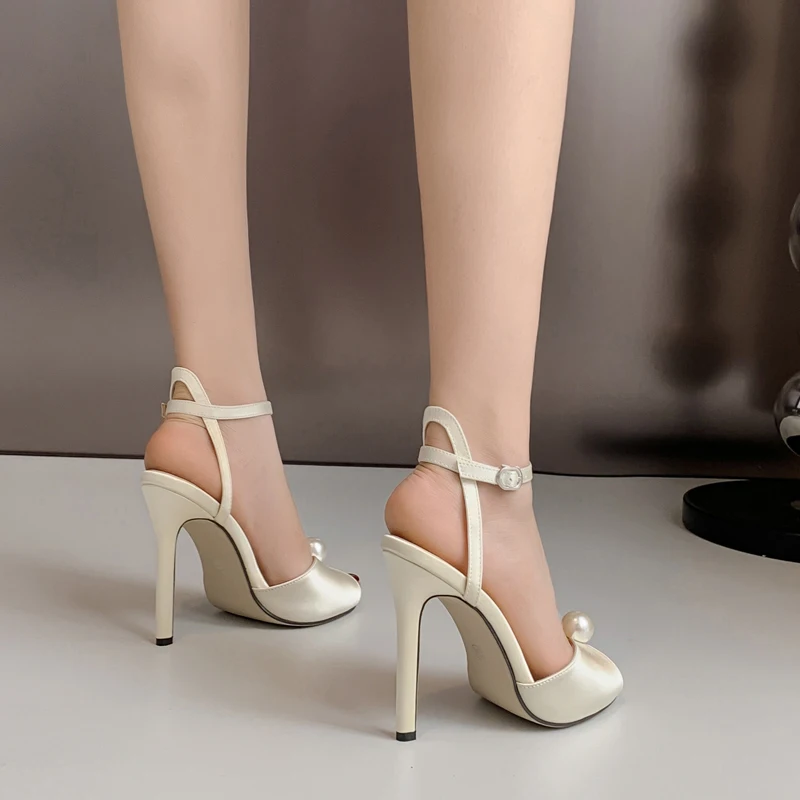Introduction
High heels have a captivating history that spans centuries, reflecting changes in fashion, culture, and gender roles. From their origins in the 10th century to their modern-day variations, high heels have always been more than just footwear; they symbolize status, power, and femininity. This article delves into the history of high heels, their significance in different eras, and their impact on society.

The History of High Heels
Early Beginnings
High heels trace their roots back to the 10th century in Persia. Persian cavalrymen wore heeled shoes to secure their feet in stirrups while riding horses. This practical design allowed for better stability and control during battle. The heels elevated their stance and provided a sense of authority on horseback. As these shoes made their way to Europe, they transitioned from a practical necessity to a fashion statement.
The 16th Century: A Symbol of Status
By the 16th century, high heels began to gain popularity among the European aristocracy. Both men and women wore them, but they were particularly favored by the upper classes. High heels signified wealth and social status. The higher the heel, the more prestigious the wearer appeared. This period also saw elaborate designs, with shoes adorned in jewels and intricate embroidery. Heels became a way to showcase one’s affluence and taste.
The Influence of Louis XIV
One of the most notable figures in the history of high heels is King Louis XIV of France. He was known for his extravagant lifestyle and his love for fashion. Louis XIV often wore high heels to enhance his height and project an image of power. His red-heeled shoes became a symbol of his royal status. The popularity of high heels soared during his reign, and they became associated with nobility and grandeur.

High Heels in the 18th and 19th Centuries
The Rococo Era
In the 18th century, high heels evolved alongside fashion trends in Europe. The Rococo era emphasized elegance and extravagance. Women’s shoes featured intricate designs, and heels became increasingly ornate. Materials like silk and satin were common, and heels often had vibrant colors. High heels were now seen as an essential part of a woman’s attire, reflecting her social standing and femininity.
The Industrial Revolution
The 19th century marked a significant shift in the production and popularity of high heels. The Industrial Revolution led to mass production, making shoes more accessible to the general public. However, high heels were still primarily associated with the upper classes. The designs became more practical as women began to engage in more activities outside the home. However, high heels remained a staple for formal occasions, symbolizing elegance.
The Rise of the Modern Heel
By the late 19th century, the modern stiletto heel began to take shape. Designers experimented with various heights and shapes, leading to the creation of the thin, tall heel we recognize today. This innovation provided a new way for women to enhance their stature and posture. High heels were no longer just for the elite; they started to enter the wardrobes of women from various backgrounds.
The 20th Century: High Heels in Fashion and Society
The Roaring Twenties
The 1920s brought about a dramatic shift in women’s fashion. The flapper movement embraced a more liberated lifestyle, and high heels became a symbol of this newfound freedom. Women wore shorter skirts, and high heels complemented the bold fashion of the era. This period marked the transition of high heels from symbols of aristocracy to expressions of individuality and empowerment.
Post-War Fashion and the Stiletto
After World War II, high heels saw a resurgence in popularity. The stiletto heel became a prominent feature in women’s fashion. Designers like Christian Dior and Roger Vivier introduced iconic styles that emphasized femininity and allure. The stiletto heel, with its slender silhouette, became synonymous with glamour. Hollywood actresses further popularized this style, and women aspired to wear heels that exuded elegance and sophistication.
The 1960s and 70s: A Shift in Perception
The 1960s and 70s brought about new cultural movements that challenged traditional gender roles. High heels began to be viewed with mixed emotions. While they still represented femininity, many women sought comfort and practicality. The feminist movement encouraged women to prioritize their comfort over societal expectations. This led to the rise of more comfortable footwear options, but high heels continued to hold a special place in women’s fashion.
High Heels Today: Fashion, Empowerment, and Criticism
The Modern Landscape of High Heels
In the 21st century, high heels remain a popular choice for many women. They continue to be associated with power, confidence, and style. Designers innovate with new materials and technologies, making heels more comfortable than ever. From block heels to platforms, there’s a wide variety to choose from. High heels are now available for casual and formal occasions, allowing women to express their personal style.
Empowerment and Confidence
Many women view high heels as empowering. Wearing heels can boost confidence and alter one’s posture. The act of wearing heels often transforms the way women carry themselves. This perception contributes to the idea that high heels are not just footwear; they are tools of empowerment. Women wear them to feel strong, elegant, and in control.
Criticism and the Debate on Comfort
Despite their popularity, high heels face criticism. Many argue that wearing heels can cause health issues, including foot pain, posture problems, and long-term damage. The debate continues about the balance between style and comfort. Some women choose to forgo heels entirely, while others embrace them as an essential part of their wardrobe. This ongoing conversation highlights the complex relationship between fashion and well-being.

Cultural Significance of High Heels
Empowerment vs. Objectification
High heels are often seen as symbols of empowerment, allowing women to project confidence and authority. This duality sparks discussions about gender roles, workplace attire, and societal expectations. Women may feel pressured to wear heels to fit into professional environments, raising questions about choice versus obligation.
Global Perspectives
Cultural attitudes towards high heels vary globally. In some cultures, heels symbolize modernity and sophistication, while in others, they may represent outdated gender norms. For instance, in parts of Europe, heels are embraced as everyday wear, while in some Asian countries, they are reserved for special occasions. This diversity highlights how fashion can reflect cultural values and norms.
The Future of High Heels
Changing Norms
As conversations about gender equality and body positivity continue to evolve, so too does the perception of high heels. The trend toward inclusivity in fashion is influencing how high heels are marketed and worn. Brands are increasingly featuring diverse models and promoting the idea that beauty and confidence come in all shapes and sizes.
Comfort and Functionality
The future of high heels may lean more towards comfort and functionality. With the rise of remote work and casual attire, women may seek versatile shoes that can transition from the office to social events without compromising on style. This shift could lead to innovative designs that maintain the aesthetic appeal of heels while prioritizing ease of wear.
Conclusion: The Enduring Legacy of High Heels
High heels have a rich and multifaceted history. They evolved from practical footwear to symbols of status, femininity, and empowerment. As societal norms and fashion trends change, high heels remain a constant presence in women’s wardrobes. They embody both the challenges and triumphs women face in expressing their identities. Whether as a statement piece or a staple accessory, high heels continue to captivate and inspire. Their legacy endures, reminding us of the intricate connections between fashion, culture, and individual expression.
